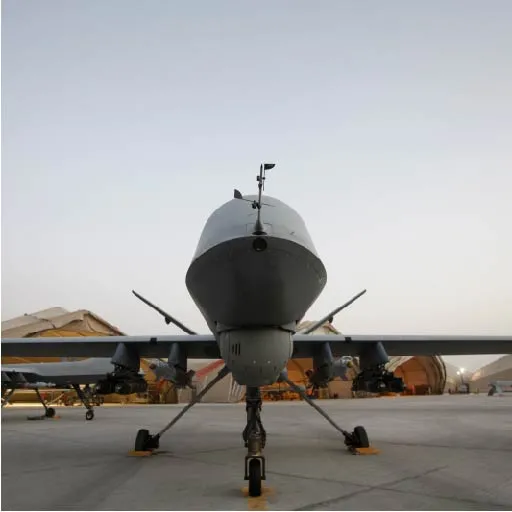Educator Overview
Case Overview
Set in Spring, 2011. Since the attacks of September 11, 2001, the United States has pursued a vigorous campaign against terrorist groups like al-Qaeda. The U.S. intelligence community believes they have identified the location of al-Qaeda’s leader, Osama bin Laden. The United States must decide whether to try to kill or capture bin Laden—and if so, how. Each policy option—including a drone strike, a raid by special operations forces, a request that Pakistan act, and inaction—has costs and benefits for U.S. security and the U.S. Pakistan relationship. Drones, in particular, have become a core element of the U.S. counterterrorism strategy, but their use is controversial.
Decision Point
After a decade-long search, the CIA has come upon credible evidence of the location of Osama bin Laden. A man whom they believe to be the al-Qaeda leader is living inside a large compound in Abbottabad, a populous city near Pakistan’s capital of Islamabad. The compound also houses roughly twenty women and children, believed to be bin Laden’s relatives. However, based on surveillance of the compound, no one can say with absolute certainty that the individual they have identified is indeed bin Laden. Most of the CIA analysts involved have put their confidence level at 80 percent; some report 95 percent confidence, others rate their confidence as low as 40 percent.
The president has convened a meeting of the National Security Council (NSC) to receive advice on how to proceed. If the president decides to authorize action, three main options exist. The first is to conduct a drone strike against the compound, likely killing those in it. This option would risk civilian casualties and potential damage to an already tumultuous relationship with Pakistan. The second option is a raid by special operations forces. A raid could be effective in that troops could correctly identify individual targets and take caution to protect civilians. Troops could also collect computers and documents for intelligence. However, this option poses greater risk to the lives of U.S. service members and could also damage the U.S. relationship with Pakistan. Third, the president could ask the Pakistani military to capture or kill bin Laden. This would respect diplomatic ties but has a lower chance of success. Given the lack of complete certainty, the president could also decide to wait for additional confirmation or a better opportunity to strike. However, waiting risks losing the chance to act entirely if the occupants of the compound move and the CIA loses track of them. The president needs to decide quickly whether to authorize action to kill or capture the man believed to be bin Laden and, if so, what action to take.
Learning Goals
CFR Education simulations use a variety of pedagogical tools to create an effective, meaningful, and memorable learning experience for students that builds their global literacy. Students will develop crucial skills such as critical thinking, communication, collaboration, and creativity. Students will complete authentic assessments that feel relevant: instead of five-paragraph essays and book reports, students will write policy memos and participate in a role-play of a meeting of a foreign policy–making body. There are no right or wrong answers in actual policy deliberations, and there are none here, either; students will walk away from this experience with an appreciation for the complexity of policy questions.
In this simulation, students will learn about the National Security Council, as well as meeting these learning outcomes specific to this simulation:
- Students will understand the evolution of drone usage as a tool of U.S. counterterrorism operations.
- Students will consider the concerns raised with the usage of drones to conduct targeted killings and precision strikes against members of terrorist organizations including circumstances that may violate a national sovereignty.
- Students will evaluate the options available to the United States to capture or kill a high profile leader of al-Qaeda.
Concepts and Issues
Concepts
- Terrorism and counterterrorism
- U.S. military options
- Weak states
- Sovereignty
- Alliances
